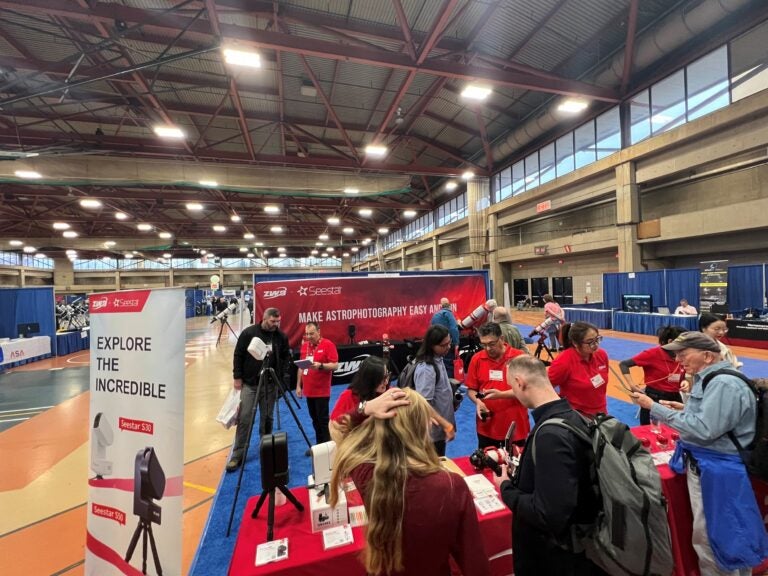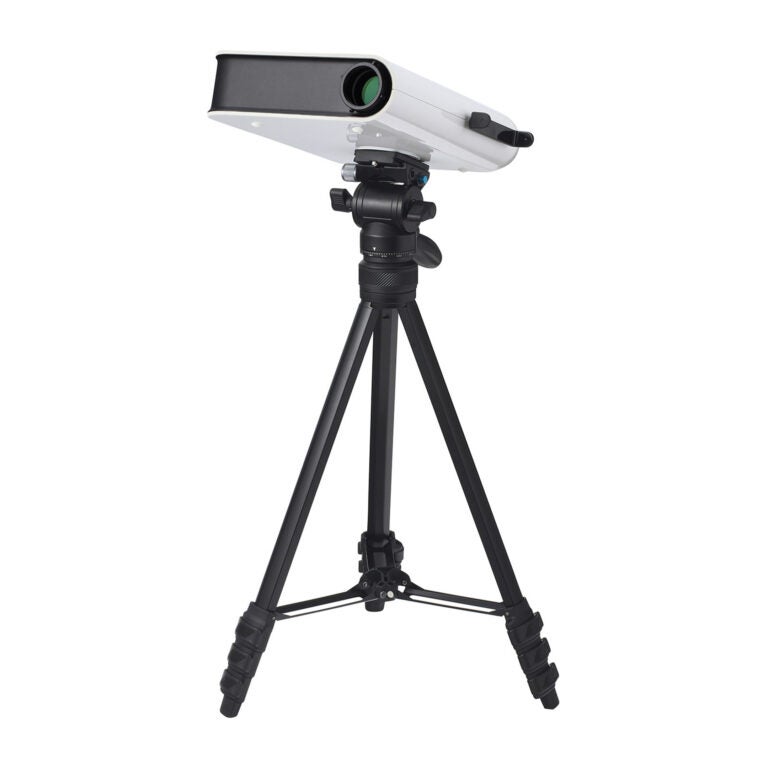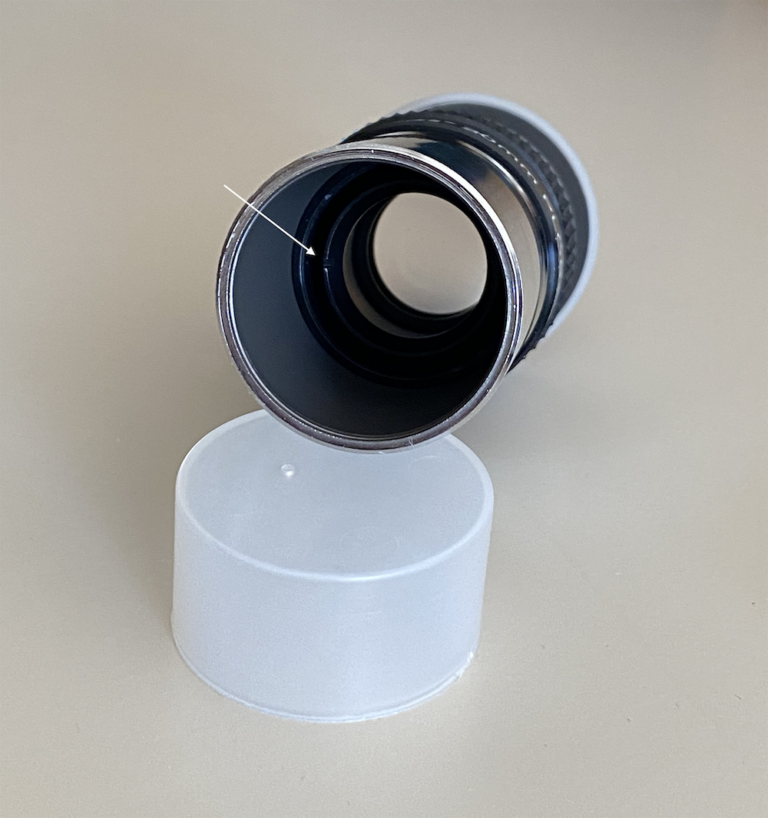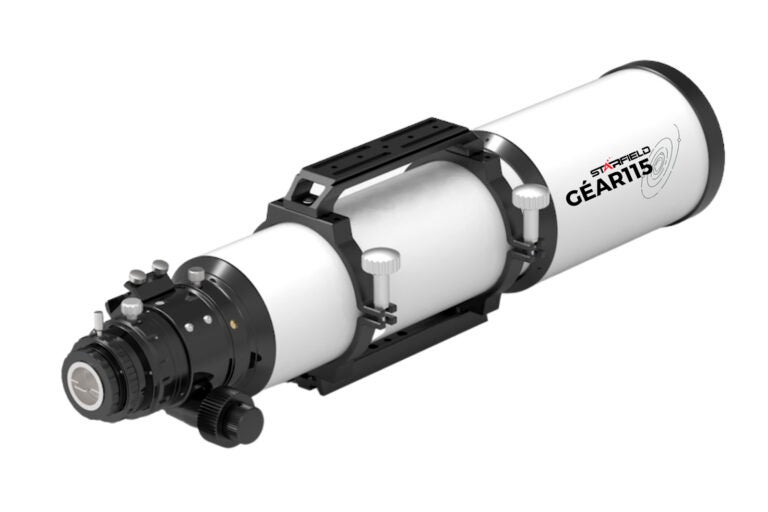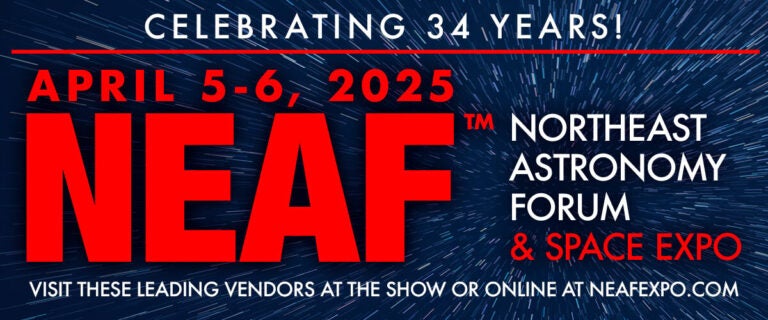It’s now only 11/2 years until the next U.S. total solar eclipse. On April 8, 2024, the Moon’s shadow will head north out of Mexico to throw parts of 15 U.S. states and a few Canadian provinces into full totality. It’ll be 20 years before we get another one.
Solar totality is almost surely the greatest natural spectacle the eye can behold. It lasts only a few minutes, but for an additional two hours, the event’s partial phases offer themselves for observers who have eye protection.
For my first totality, at Virginia Beach in 1970, I bought black-and-white film, which I fully exposed and then developed. Two layers of that created a safe filter. But no more — film, if you even remember what that is, no longer reliably contains the silver emulsion that’s vital for blocking harmful rays.
When I started leading eclipse tours in the ’80s, I always provided shade No. 12 welders’ filters. Then, when the internet arose and some websites claimed only the darker shade 14 was safe, I’d bring a bunch of those along, too. We’ll get to aesthetics in a minute, but first let’s look at the all-important issue of safety.
At https://eclipse2017.nasa.gov/safety, NASA says “The only [welders’ filters] that are safe for direct viewing of the Sun with your eyes are those of Shade 12 or higher.” The American Astronomical Society (AAS) used identical phrasing before that same totality.
Those wanting technical information can turn to a recent study by researchers at the School of Optometry and Vision Science in Waterloo, Ontario, and Sydney, as well as Rick Fienberg of the AAS. Published last September in The Astronomical Journal, its evaluations of dozens of solar filters “support the use of welding filters between the shades of 12 and 16.”
So, you can safely count on shades 12, 13, and 14. (You wouldn’t want a 15 or 16 because the image is too dark.) And yet you can still find websites warning to only use a shade No. 14. A few also advise against looking at the Sun for more than 15 seconds. One site cautions that even through a dark No. 14 filter, you should only observe the Sun when it’s totally eclipsed.
Eclipse-savvy readers will laugh at that one, since if you actually followed that last bit of advice, you’d see complete blackness and miss everything. Moreover, The Astronomical Journal paper notes that the government standard all eclipse filters (including the brightest safe welders’ filter, shade No. 12) must meet allows for more than 25,000 seconds of continuous Sun viewing. That’s 6.9 hours!
So despite much online nonsense, it’s scientifically settled that you can safely either purchase any Sun filter that meets international standard ISO 12312-2, or else use a shade 12, 13, or 14 welding filter. But which shade is best?
Glad you asked. During the last eight years of total eclipse tours, we’ve offered guests a choice between a 12 and a 14 the day before the event. Hundreds of people compared the two. The result: Nobody wanted a shade 14. The view, they all felt, was unpleasantly dark.
Still, my opinion is that 12s, while safe, give a slightly glaring image. Not bothersome, just not ideal. So I ordered a bunch of the rare 13s and we used those for the 2019 Chile solar totality. Perfection at last! But was it just our opinion?
This past February, I sent a 12, a 13, and a 14 filter to this magazine’s staff and asked if they’d look at the Sun and vote on which image they liked best. The result: They prefer the 13s, too.
Now you know what to buy if you want to follow the “in” crowd.





